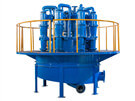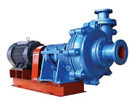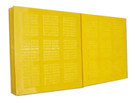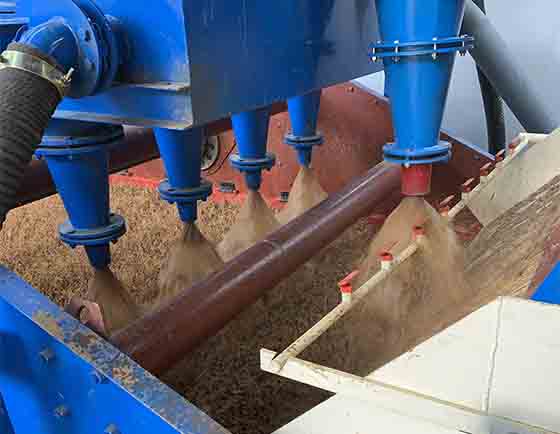Hot Product

- Hydrocyclone Group
Hydrocyclone group is widely used in coal preparation plant...

- Slurry Pump
Slurry pump is mainly used in mining, power plant, dredging, metallurgy...

- Polyurethane Dewatering Screen Panel
In addition to the performance of...
Does Slurry Viscosity Affect The Classification Effect Of Hydrocyclone?
Date: 2025-10-14 From: Longding Author: admin
The slurry viscosity has a significant impact on the classification effect of hydrocyclones. Specifically, the slurry viscosity affects the overflow particle size and concentration of the hydrocyclone, thus affecting the classification efficiency and effect.

Effect of slurry viscosity on hydrocyclone classification performance
1. Classification efficiency
A. Particle settling velocity
Increased slurry viscosity increases fluid resistance, leading to a decrease in particle settling velocity. Hydrocyclones rely on centrifugal force for classification, and higher viscosity weakens particle separation efficiency, making it particularly difficult to effectively separate fine particles.
B. Turbulence and shear
High viscosity suppresses the turbulence intensity of the slurry and weakens the shearing effect within the hydrocyclone. This leads to poor particle dispersibility, potentially causing agglomeration and affecting classification accuracy.
2. Adjustment of operating parameters
A. Inlet pressure requirements
High-viscosity slurries require higher inlet pressure to maintain sufficient tangential velocity. Otherwise, the centrifugal field strength within the cyclone will be insufficient, resulting in a blurred separation boundary between coarse and fine particles.
B. Underflow to overflow ratio
Changes in viscosity can alter underflow density and the risk of sand outlet blockage. Dynamic adjustment of the underflow orifice diameter or overflow pipe depth is necessary to optimize classification results.
3. Correlation of material properties
A. Particle density and viscosity
Lower particle density results in a more significant effect from viscosity; high-density minerals may partially offset the negative impact of viscosity by increasing centrifugal force.
B. Effect of temperature
Increasing pulp temperature can reduce viscosity, indirectly improving classification performance, but energy consumption and equipment tolerance must be considered.
Slurry viscosity is a key variable for hydrocyclone classification performance and requires comprehensive optimization considering material characteristics, operating parameters, and process adjustments. In actual production, it is recommended to stabilize classification performance through viscosity monitoring, dynamic parameter control, or pretreatment methods (such as heating or chemical modification).
Previous:What Is The Impact Of Feed Pressure On Cyclone Separation Effect?
Next:Structural Factors Affecting The Low Efficiency Of Hydrocyclones
Leave a Message
Here you can submit any questions and we will get back to you as soon as possible. We will not disclose the information you submit to anyone, please rest assured.


Inquiry